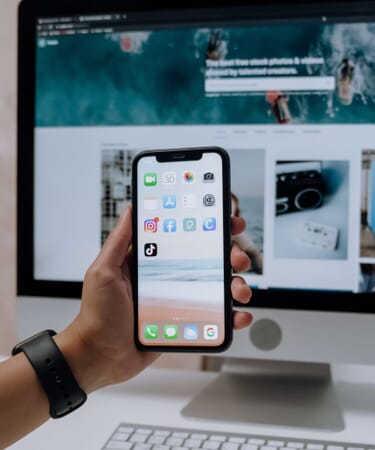Facebook is currently revamping its demand-side platform (DSP) for programmatic display buying. After conducting a long series of tests leveraging Facebook user data to buy advertising (including banners, video, and rich media ads) on the open web, Facebook found...
Facebook is currently revamping its demand-side platform (DSP) for programmatic display buying. After conducting a long series of tests leveraging Facebook user data to buy advertising (including banners, video, and rich media ads) on the open web, Facebook found that a majority of this inventory was low performing. The current revamp focuses both on improving the technology underlying the DSP and culling the low-quality portion of the inventory.
Resolution POV
Facebook’s latest announcements about its DSP, with a focus on inventory quality, is a step in the right direction. It is validation of what Resolution has been doing with our paid social clients for years – focusing on targeting the right user or audience to deliver business results, not obsessing over low CPMs. Advertisers looking to test the new DSP should not only make sure they are planning display buying efforts in the context of the already proven Facebook, Instagram, and Facebook Audience Network (FAN) buying they are doing, but also tie the test into their existing measurement approach.
The important thing for advertisers to understand is that the DSP update is an evolution in capability, not a revolution. Facebook has actually been allowing advertisers to use Facebook user data against off-Facebook inventory since it launched the Facebook Audience Network (FAN) in 2014. FAN is a network of high-quality mobile apps which have agreed to allow Facebook to access their inventory. At launch, FAN appeared in the buying interfaces as an additional placement checkbox, which when selected, extended the reach of an ad set into mobile apps participating in the network.
Our Experience With FAN
We’ve found that FAN can be an extremely strong driver of performance for direct-response campaigns such as mobile app install, with performance frequently beating what we are able to achieve using Facebook’s own newsfeed inventory. Here is a normalised example showing performance for a mobile app install campaign we ran for a major entertainment client. The blue columns represent the cost per thousand impressions (CPM) and the orange columns represent the cost per app install (CPI):
For this target set, we saw that FAN drove CPIs at less than half the cost we saw in the Facebook Newsfeed. In addition, FAN drove CPIs that were slightly lower than what we saw from mobile display partners also participating in this initiative – despite having dramatically higher CPMs. Considering the vast pool of mobile inventory that exists today, it is the ability to target people based on their true identity (verified by Facebook) that often makes the difference. In this case, we uploaded several custom audiences of existing app users to Facebook, then used them as the seed for lookalike audiences. We attribute a great deal of the performance advantage we see here to Facebook’s superior targeting capabilities that we leveraged in FAN.
Keep in mind, FAN isn’t always the right choice for every campaign. Results like the above are why we always recommend that advertisers test FAN when they are running a direct response campaign to find out if FAN will be beneficial.
Conclusion
Although the revamped Facebook DSP is still rolling out, we’ve found that audience targeting data can be a powerful targeting lever for reaching the right consumers outside of core Facebook and Instagram inventory. Marketers should work with their teams to explore how and when to incorporate emerging Facebook DSP opportunities to complement existing FAN campaigns along with core Facebook and Instagram buys.




